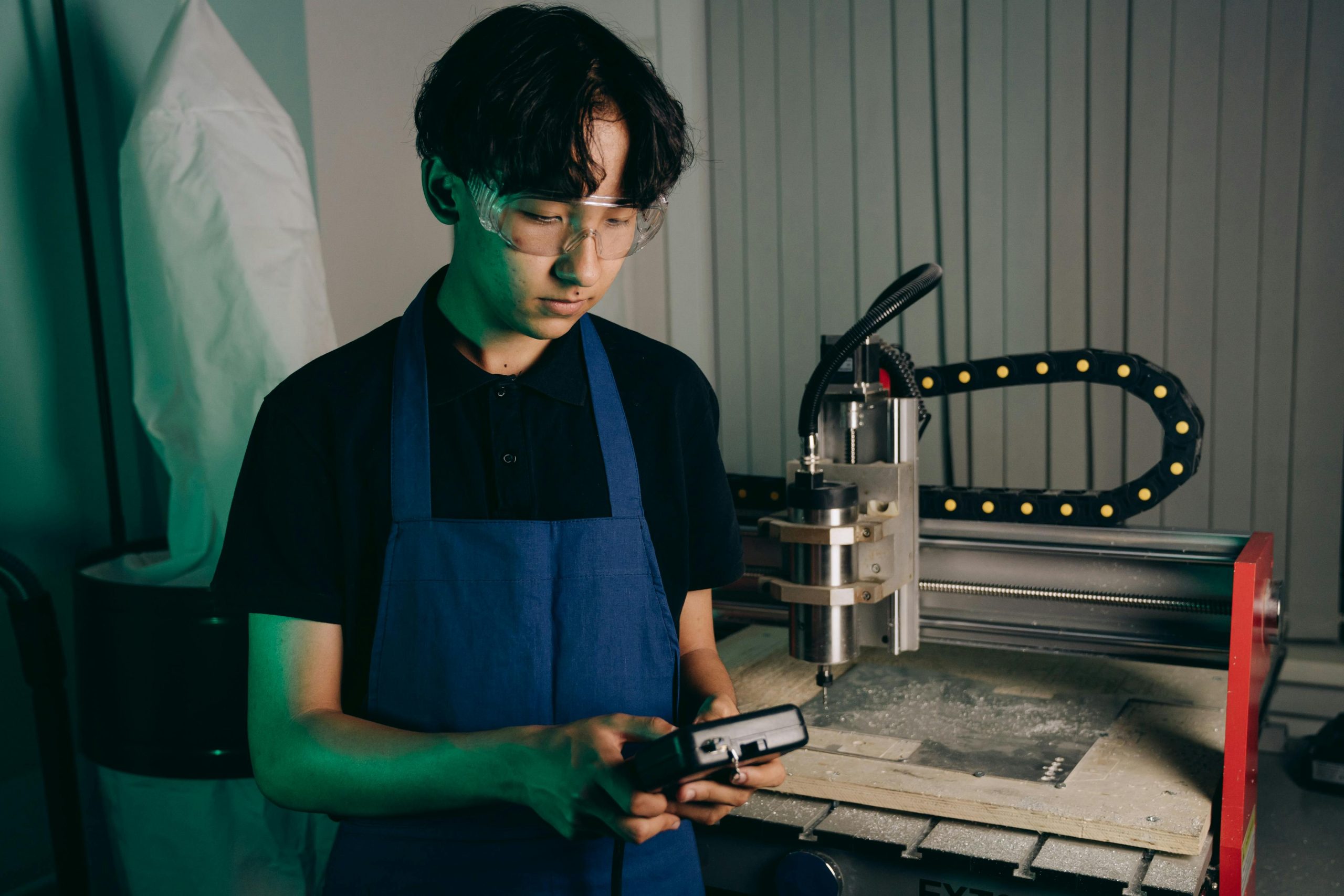The rise of robotics in manufacturing has transformed industries worldwide, reshaping the workforce and redefining productivity. While automation brings efficiency, precision, and cost savings, it also raises concerns about job displacement and the future of human labor. This article explores the dual impact of robotics on manufacturing jobs, highlighting the opportunities it creates and the challenges it presents.
The Rise of Robotics in Manufacturing
Robotics has become a cornerstone of modern manufacturing, with industries increasingly adopting automated systems to streamline production. From assembly lines to quality control, robots perform repetitive tasks with unmatched speed and accuracy. Companies leverage robotics to reduce errors, minimize downtime, and enhance output, making them indispensable in competitive markets.
Key drivers behind this shift include:
- Cost Efficiency: Robots lower long-term operational costs by reducing labor expenses and waste.
- Precision and Consistency: Automated systems ensure high-quality outputs with minimal defects.
- 24/7 Productivity: Unlike human workers, robots can operate continuously without breaks.
However, this rapid adoption has sparked debates about its implications for employment and workforce dynamics.
Opportunities Created by Robotics
While robotics may displace some traditional roles, it also opens new avenues for employment and skill development. Here are some key opportunities:
New Job Roles in Robotics and Automation
The demand for skilled professionals in robotics programming, maintenance, and supervision is growing. Jobs such as robotics technicians, automation engineers, and AI specialists are emerging, requiring advanced technical expertise.
Upskilling and Reskilling the Workforce
Manufacturers are investing in training programs to help employees transition into higher-value roles. Workers who adapt to new technologies can secure positions in robot supervision, data analysis, or system optimization.
Enhanced Workplace Safety
Robots handle hazardous tasks, reducing workplace injuries and improving employee well-being. This shift allows human workers to focus on safer, more strategic roles.
Challenges Posed by Robotics
Despite its benefits, robotics introduces significant challenges, particularly for the workforce.
Job Displacement and Economic Inequality
Automation threatens low-skilled jobs, leading to unemployment in certain sectors. Workers without access to retraining programs may struggle to find new opportunities, exacerbating income inequality.
High Initial Investment Costs
While robotics reduces long-term expenses, the upfront costs of implementation can be prohibitive for small and medium-sized enterprises (SMEs). This creates a divide between large corporations and smaller players.
Dependence on Technology
Over-reliance on robotics may lead to vulnerabilities, such as system failures or cyber threats. Manufacturers must balance automation with human oversight to mitigate risks.
The Future of Manufacturing Jobs
The integration of robotics in manufacturing is inevitable, but its impact depends on how industries and policymakers respond. Here’s what the future may hold:
- Collaborative Robotics (Cobots): These robots work alongside humans, enhancing productivity without replacing jobs entirely.
- Focus on Creativity and Problem-Solving: As robots handle routine tasks, human workers will shift toward roles requiring innovation and critical thinking.
- Policy Interventions: Governments may introduce regulations to ensure fair labor practices, such as mandatory reskilling initiatives or universal basic income.
Conclusion
The impact of robotics on manufacturing jobs is a double-edged sword, offering both opportunities and challenges. While automation boosts efficiency and creates new career paths, it also risks displacing workers and widening economic gaps. The key lies in proactive adaptation—investing in education, fostering human-robot collaboration, and implementing policies that support workforce transitions. By embracing change responsibly, the manufacturing sector can harness the power of robotics while safeguarding the future of human labor.
